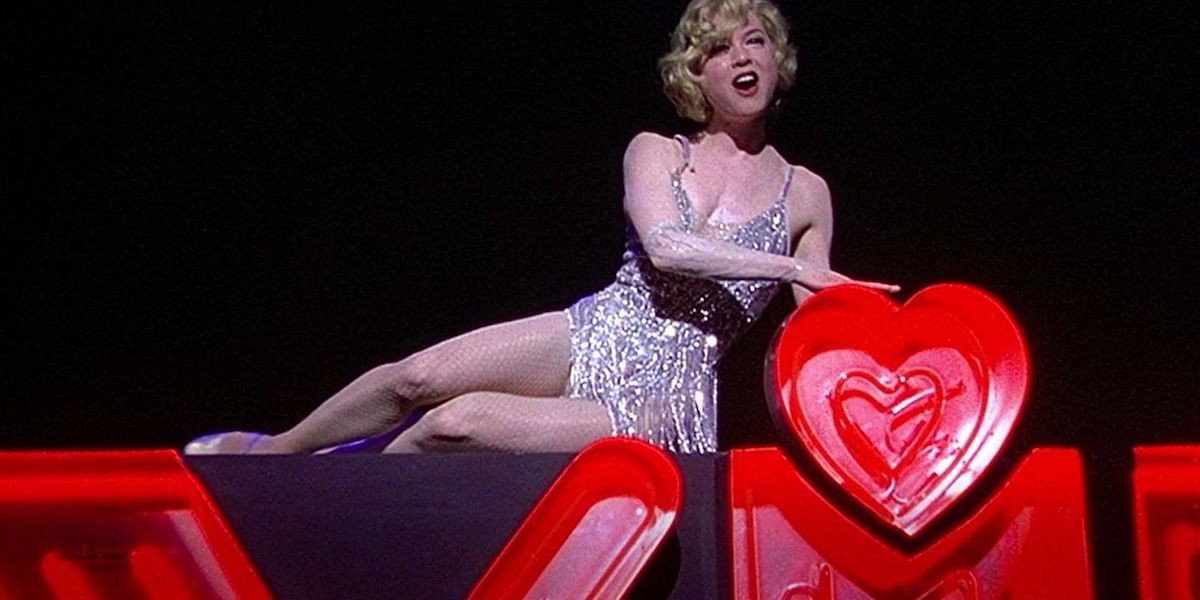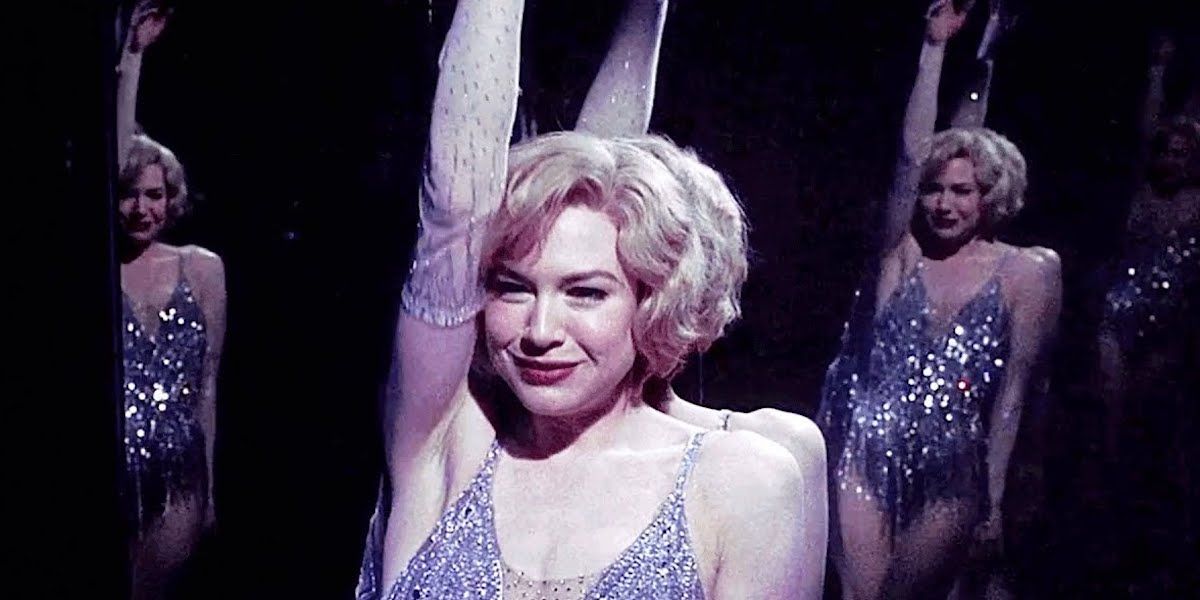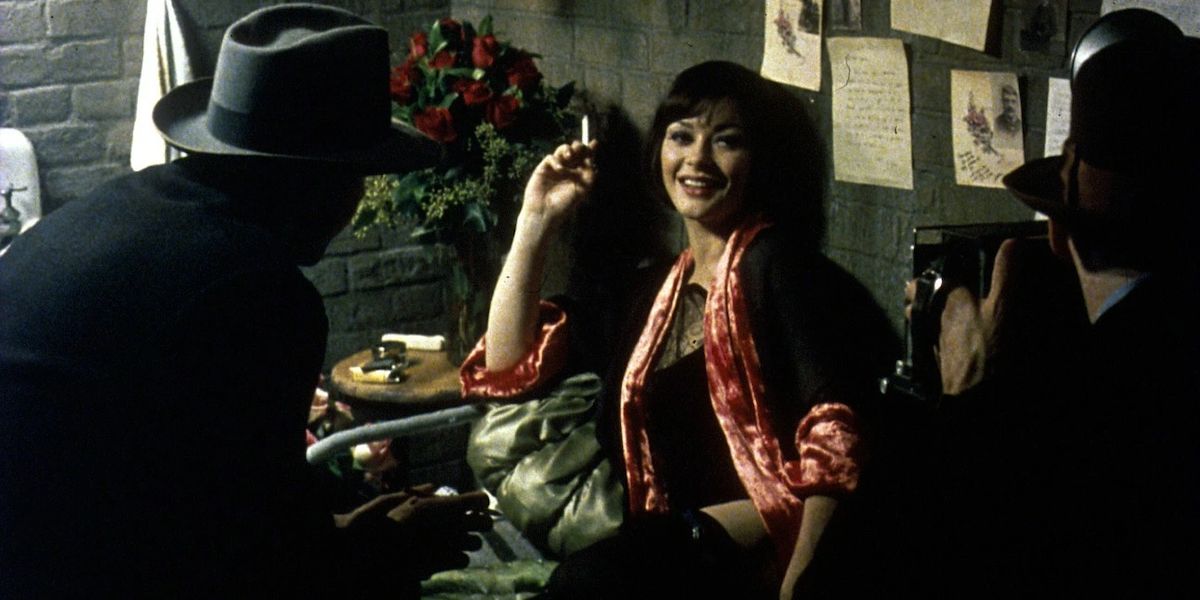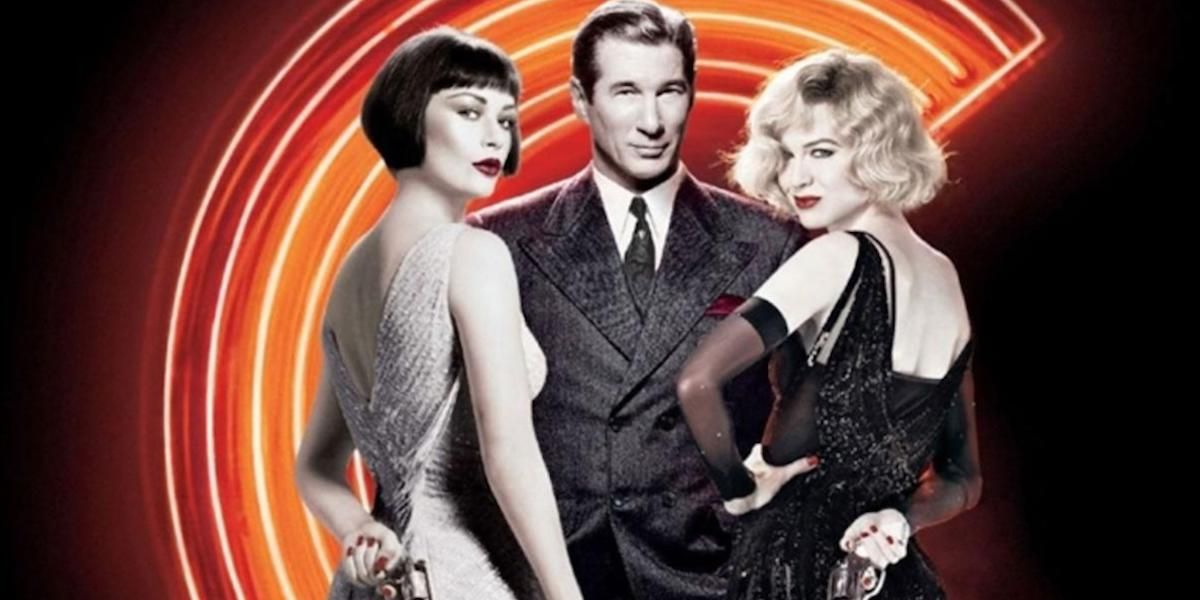[ad_1]
Chicago, the Oscar-winning 2002 adaptation of Bob Fosse‘s musical, which itself was adapted from Maurine Dallas Watkins‘ 1926 play of the same name, tells the sordid tales of a handful of women who, in 1920s Chicago, stood accused of murder and were subsequently put on trial for the eager viewing of a press and public that simply couldn’t get enough of the media circus that came out of the woodwork. Chicago, though a fiction, was in fact based on real criminal activity rampant in the 1920s Windy City.
Criminals Ran 1920s Chicago
Chicago is a city with quite the track record regarding crime. While Al Capone most infamously reigned supreme as the king of criminal activity during the Roaring ’20s, many scathing and scandalous incidents have filled the tabloids and stoked public interest throughout the Windy City’s long history. Particularly during the fraught age of Prohibition, which saw a nationwide surge in violent crime, Chicago was arguably ground zero for some of the wildest activity brought forth by warring gangs and small-time crooks alike. As the world of communication began to rapidly transform with the advent of radio and the far-reaching expansion of yellow journalism, it became evident to many that the notion of achieving a level of fame in modern culture was more attainable than ever before.
With the path to potential stardom broadening, many would take it upon themselves to have their day in the spotlight by any means necessary, and crime quickly proved to be a surefire means of getting attention. While sensational crime stories come and go as quickly as the sun rises and sets, some of them have stood the test of time and have been given a new lease on life. The arts, which have always been a reliable vessel for the preservation of lesser-known anecdotes exposing the flawed human condition, are no exception when it comes to criminal exploits. Chicago is one such example.
What Is ‘Chicago’ About?
Based on Bob Fosse, Fred Ebb, and John Kander’s musical that debuted in 1975, Chicago tells the stories of Roxie Hart (Renée Zellweger), Velma Kelly (Catherine Zeta-Jones), and Billy Flynn (Richard Gere). Roxie, wide-eyed and possessing a vivid imagination, has big dreams for stardom and idolizes women like Velma, who’s a glitzy performer regularly wowing audiences among the city’s club scene. Both women find themselves in hot water after committing murder, with Roxie killing a man she’d had an affair with and Velma offing her husband and sister after discovering them in bed together. After being arrested and confined to what’s dubbed Murderess’ Row in the Cook County Jail, they soon learn that the sensational nature of their crimes, combined with a fawning and easily-swayed press and public, may give them a shot at freedom if they play their cards just right.
Enter Billy Flynn. A charismatic lawyer with a knack for showmanship, Flynn has never lost a case and vows to pull Roxie and Velma out of their legal predicaments. His ability to craft a narrative and coach the accused murderers on how to manipulate the court of public opinion provides a satirical and cynical indictment of societal institutions. Flynn is all-too-familiar with the cracks inherent in the media and judiciary, and ultimately does his damnedest to wedge them wide open for the sake of his clients. As their legal battles progress, accompanied by a slew of stylish and dazzling musical numbers that bring the characters’ inner voices to life, the film explores themes surrounding the nature of celebrity, greed, and the ways in which reality and perception are often shaped for the sake of self-preservation and personal gain.
While Chicago, breezy and fun as it is, can be enjoyed superficially as a solid film full of talented performers and great musical numbers, it’s arguably what’s beneath the narrative and thematic surface that make it a timeless and relevant experience worth revisiting twenty years later. In the digital age that’s seeing people increasingly seek attention regardless of positive or negative context, and a time when societal fascination with true crime is seemingly at an all-time high through endless news cycles and entertainment that borders on exploitation, the story of Chicago remains as timely and universal as ever before. Largely lost to the history books, however, are the people and events that inspired Maurine Dallas Watkins to write the initial play that would serve as the basis for the hit musical and film.
The True Stories That Inspired ‘Chicago’
In 1924, Chicago was the arguably Wild West of the modern era. As the laws of Prohibition sought to quell the ills and moral depravity of civilization, they were ironically met with an uptick in crime and the widespread establishment of underground markets reliant on bootlegging, gambling, and prostitution. Among those who had the misfortune to find themselves caught up in this whirlwind of criminal activity were Beulah Annan and Belva Gaertner, on whom Chicago‘s Roxie and Velma were based, respectively.
Annan was 24-year-old from Kentucky who, on April 3, 1924, shot and killed Harry Kalstedt. The two lovers, drunk and argumentative, got into a heated exchange in Annan’s apartment in the wee hours of the morning. According to Annan, Kalstedt eventually stormed into the bedroom and reached for a gun on the bed, prompting her to get ahold of it first and shoot him. She would later claim that as the helpless man lay dying on the floor, gasping a few final breaths, she danced around the apartment and listened to music until her husband returned home hours later.
Less than a month prior, on March 12th, 1924, the dead body of Walter Law was located in a car owned by Belva Gaertner, a 29-year-old woman who was previously married and currently engaged in an affair with Law. Police would eventually discover the drunken Gaertner in her apartment and, on the floor nearby, bloody clothing. Gaertner would admit to being with Law on the night in question, but also claimed to have been drunk and possessing no memory of what happened. After a period of questioning involving members of Law’s family, Gaertner was indicted and held in Cook County Jail on Murderess Row, where Beulah Annan would join her a short time later.
One of many journalists who would cover these scandalous crimes was future playwright, Maurine Dallas Watkins. Working for the Chicago Tribune, she would be given a front-row seat to the cynical and seedy side of reporting and the judicial process when she was granted access to interview the accused murderers and cover their subsequent trials. Hoping to capture the objective truth, Watkins was taken aback by the ways in which Annan and Gaertner had enamored the press and public, both of which seemed much less interested in seeking justice and more keen on taking advantage of notoriety and celebrity for the sake of profit and entertainment. It wouldn’t be long before Annan was dubbed “the prettiest murderess” and Gaertner was described as “the most stylish woman” on Murderess Row.
Both women reveled in their newfound attention, dominating the headlines of Chicago’s daily newspapers and amassing a fan base. It wasn’t uncommon for Annan and Gaertner to receive flowers from admirers, the occasional steak dinner, and even marriage proposals. And all the while, other women accused of criminal activity were pouring into the Cook County Jail. The promise of celebrity through sensational exploits, albeit criminal and reprehensible, was being reinforced by the media, and a social contagion seemed to be spreading among women who were desperate for their day in the sun.
Annan and Gaertner took every opportunity to further their scandalous profiles, giving statements to the press that only fueled their popularity within the Windy City. In an interview with Watkins, Gaertner professed her innocence with a bit of style when she said , “No woman can love a man enough to kill him.” Similarly, Annan wasted no time in courting the press and public while held in jail. In his book about the murders, 2011’s The Girls of Murder City, author Douglas Perry writes of Annan, “At every opportunity she posed for the news photographers. She would rub her lips…pull her shoulders in and down to highlight her fragile frame. The image proved irresistible: the thin straight nose, the high cheekbones …the gorgeous red hair that rolled off her head like a prairie fire.” Both women had onlookers eating out of the palm of their hands, and they knew it.
What Happened to Beulah Annan and Belva Gaertner?
By the time the two women were tried for their crimes, the public’s perception of them had been thoroughly manipulated. In addition, women would not be permitted to sit on juries in Illinois for another seven years, and might assume that the all-male juries responsible for deciding Annan and Gaertner’s fates had fallen prey to a certain level of impartiality through the media circus they’d been subjected to. In May, less than two months after being arrested, Beulah Annan was acquitted of murder. The following month, Belva Gaertner would also be found not guilty.
While they were briefly the toast of the town, no one stays at the top forever. After being acquitted, Annan and Gaertner slipped back into societal anonymity and went back to lives that were largely uneventful. The former divorced her hapless husband in 1926 and died of tuberculosis two years later. She was only 28. Belva would remarry her ex-husband and legal financier, William Gaertner, in 1925, but soon file for divorce the following year after alleging that he was abusive. After spending time in Europe in the 1930s, she eventually returned to America and settled down in California with her sister. She did on May 14, 1965, at the age of 80.
‘Chicago’ Created a Lasting Legacy
Despite the lightning fast speed at which the media operates, with a story or individual ascending to the peak of cultural popularity and then succumbing to irrelevance seemingly overnight, the stories of Annan and Gaertner, while fictionalized, made their way to the stage in 1926 with Maurine Dallas Watkins’ play, Chicago. It proved to be a hit with audiences and, in 1927, Hollywood came calling and adapted Watkins’ play into a film starring Phyllis Haver, Julia Faye, and Robert Edeson as Roxie Hart, Velma Kelly, and Billy Flynn, respectively.
Nearly a half-century later, the legendary Bob Fosse transformed the sensational story into a musical that has gone on to become one of the longest-running shows in the history of Broadway. And in 2002, Hollywood came calling yet again in adapting Fosse’s seminal musical, which was directed (in his cinematic debut) by revered choreography and stage veteran, Rob Marshall. Chicago was a massive hit with critics and audiences, winning six Academy Awards including Best Picture and grossing north of $300 million at the global box office.
While the criminal exploits of Beulah Annan and Belva Gaertner have largely been lost to history in the greater context of American crime, the fictional and highly stylized depiction of the murders they committed have stood the test of time with multiple resurgences on stage and screen. Perhaps most telling is the never-ending appeal that their stories, and others like them, have had with audiences across all mediums. There is something to be said for the universality and timelessness regarding the romanticization of criminals and the crimes they commit. Reflecting on the stories that inspired Chicago, the morbid fascination the public has with unsavory people engaging in heinous acts says more about the observers than the subjects. Beyond Beulah Annan and Belva Gaertner, perhaps the real legacy worth noting is, as a society and culture, our undying willingness to glamorize criminals and transform tragedy into entertainment.
[ad_2]
Source link
Armessa Movie News




